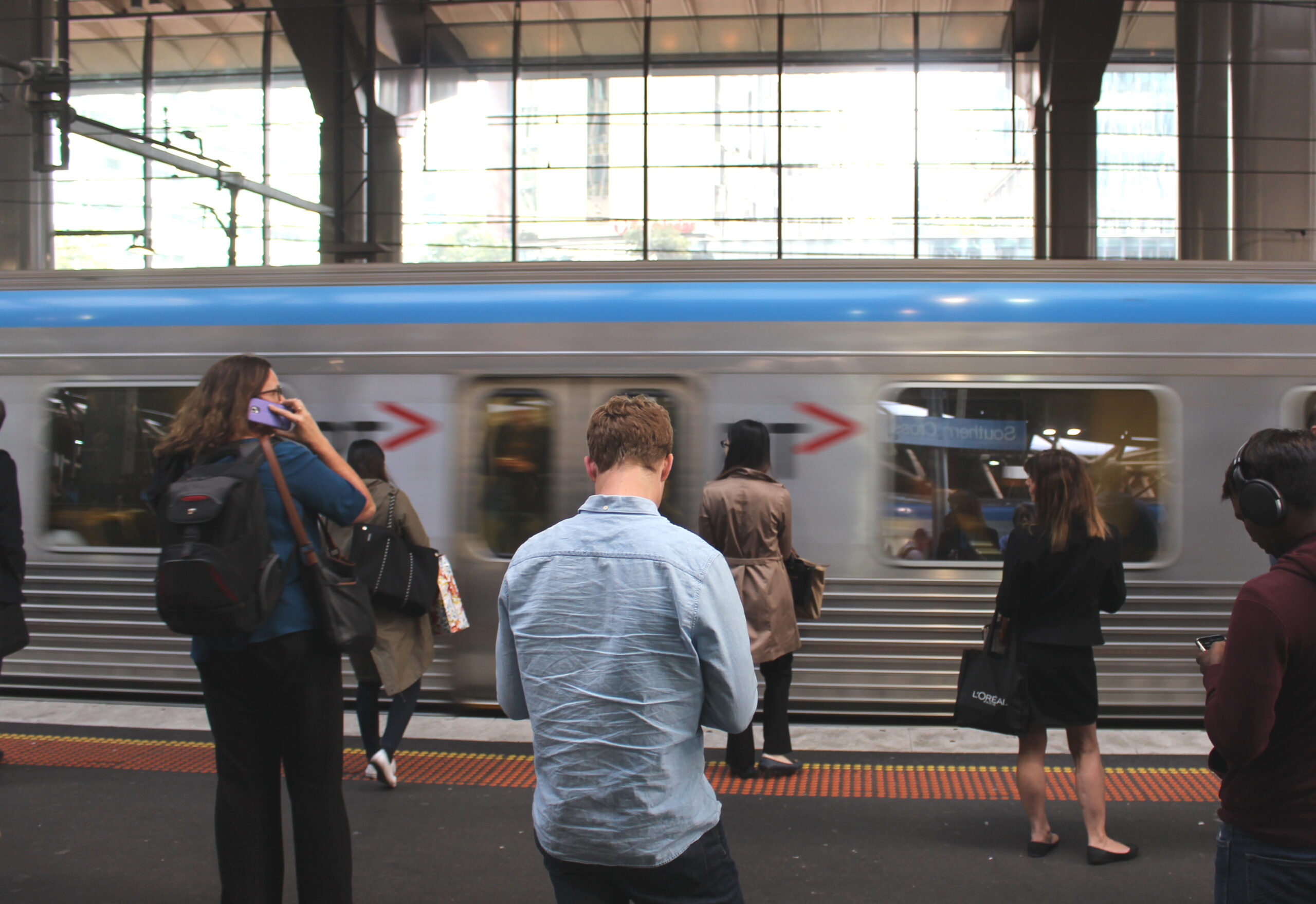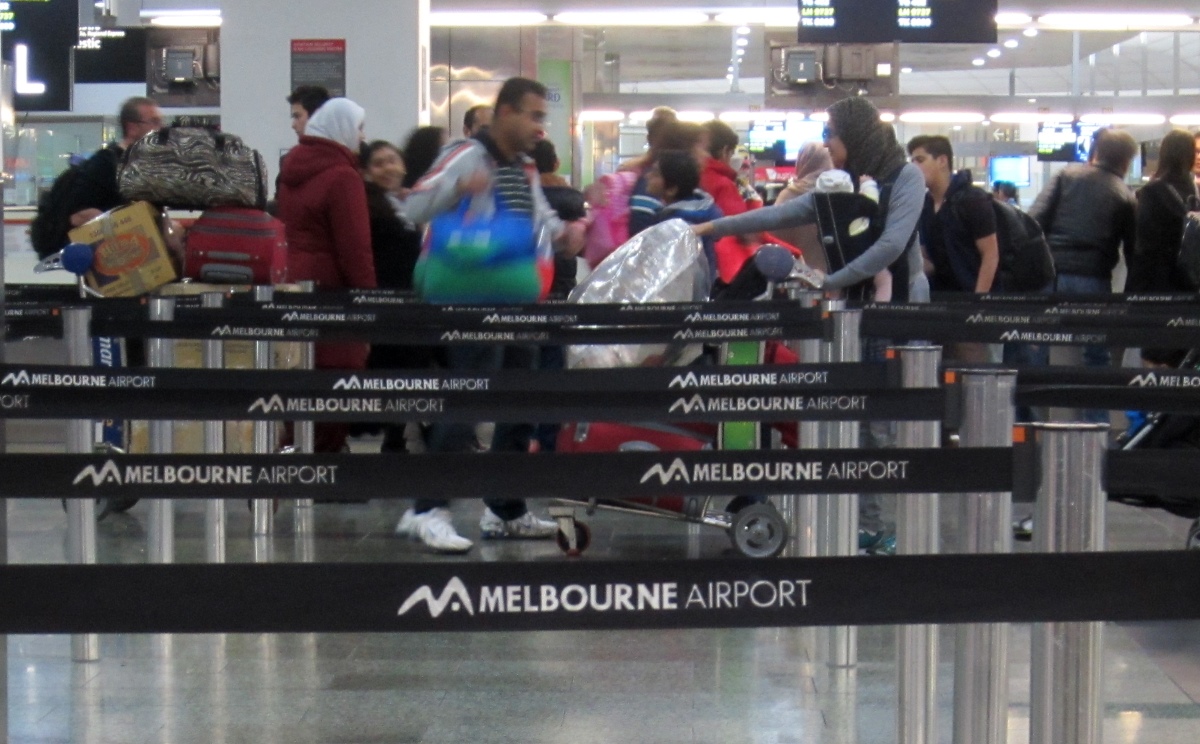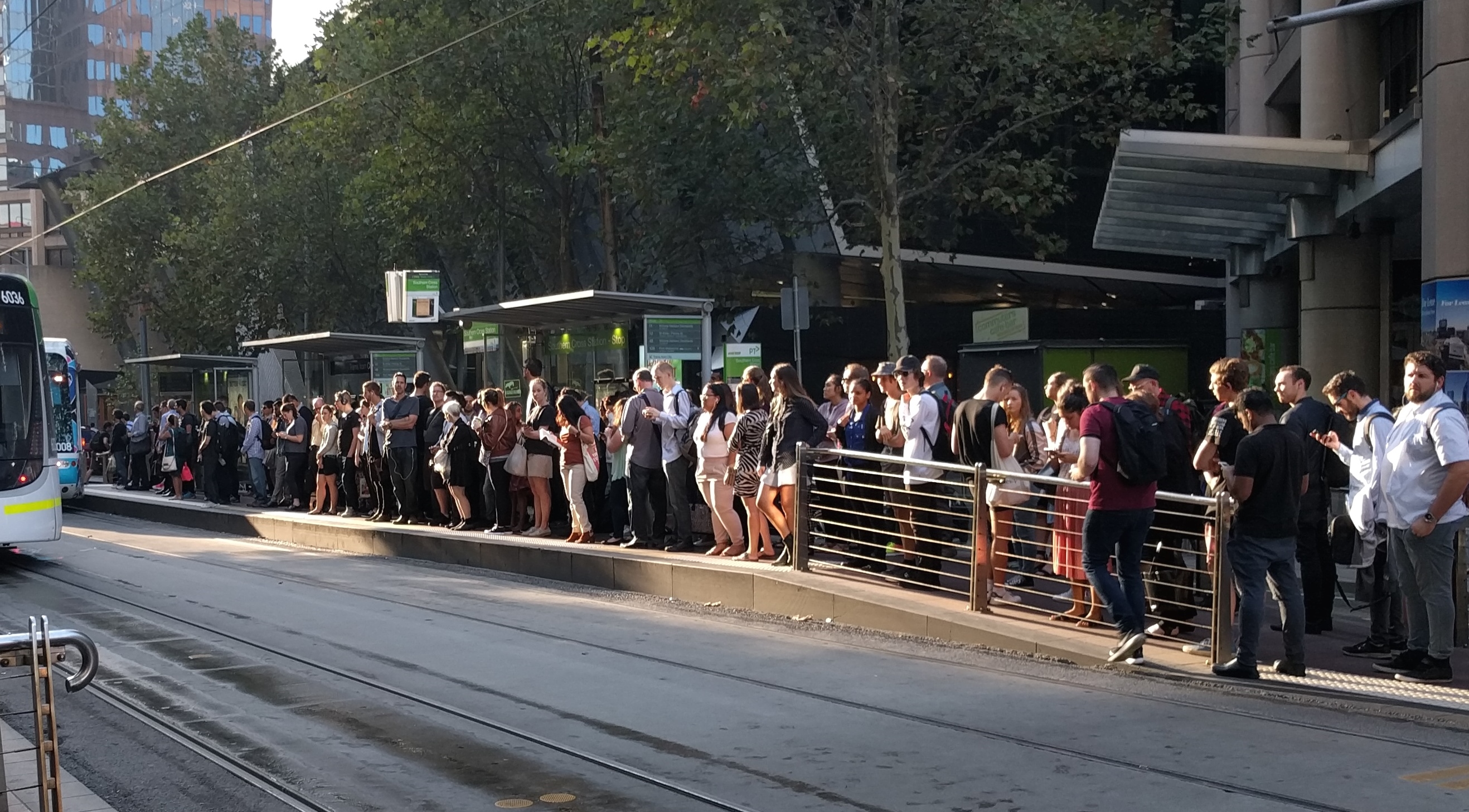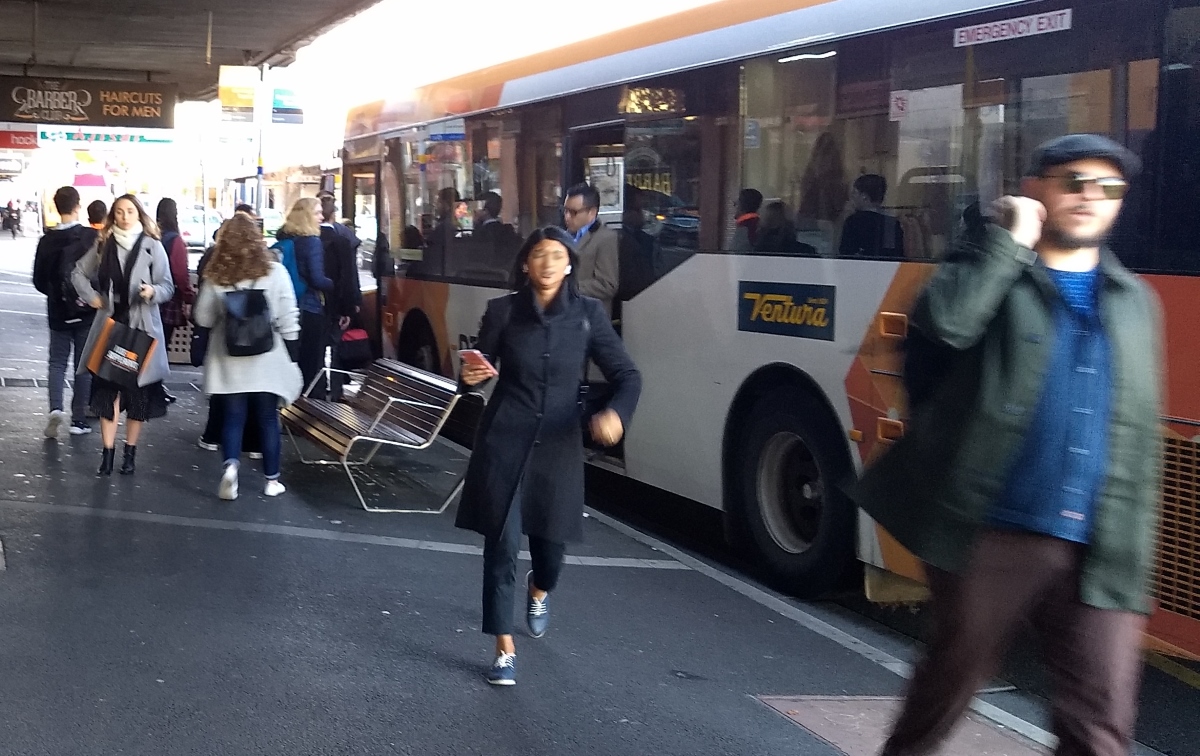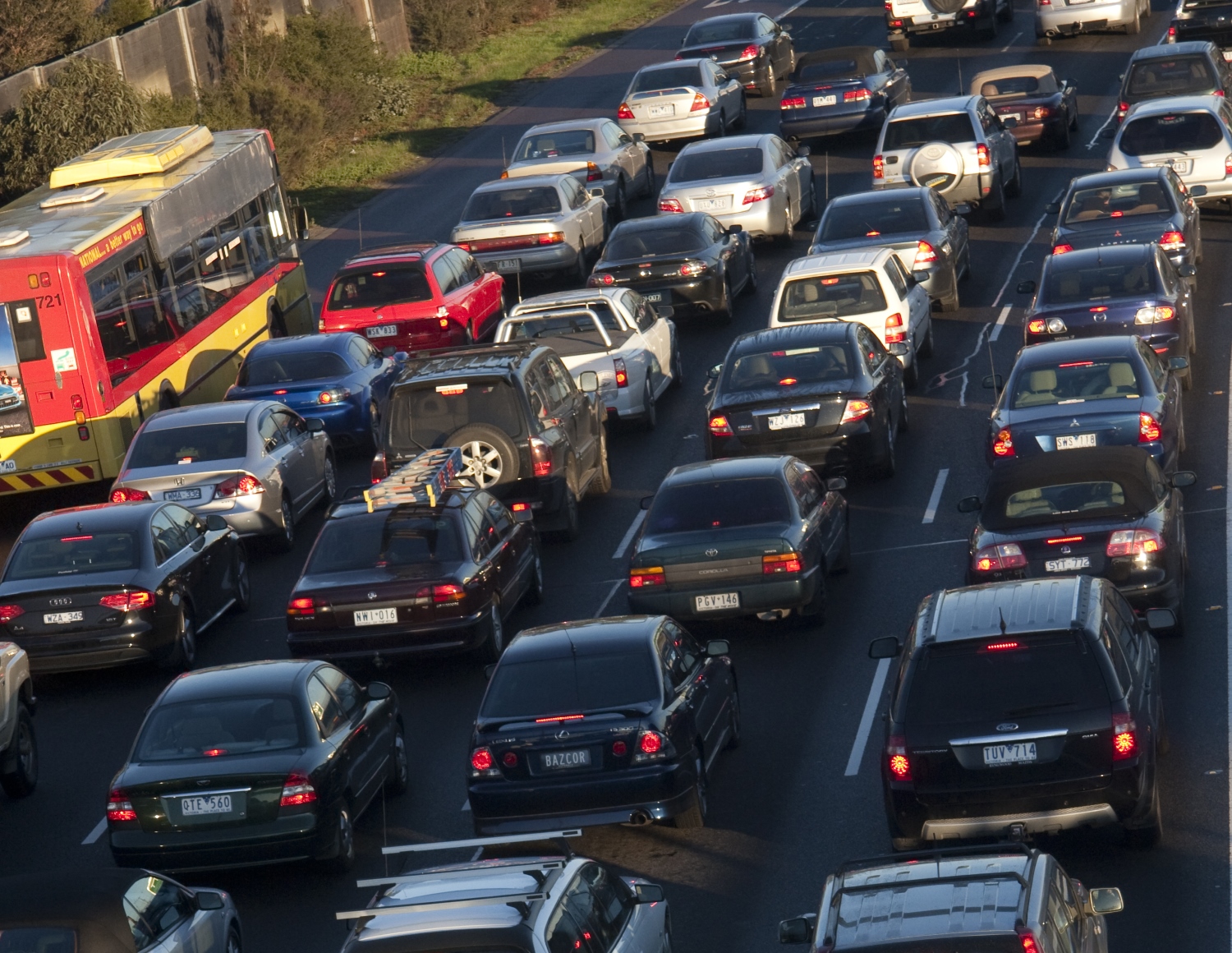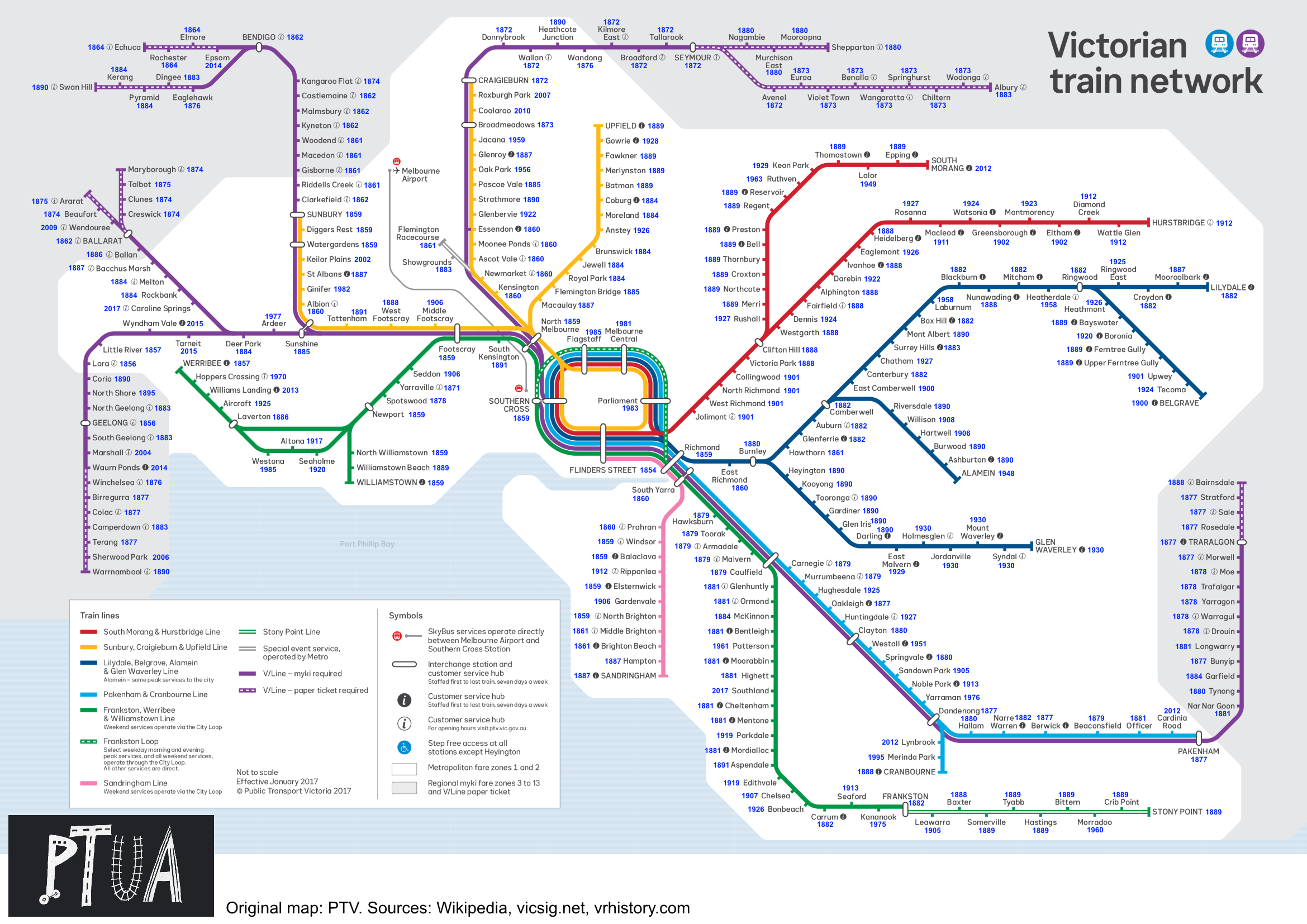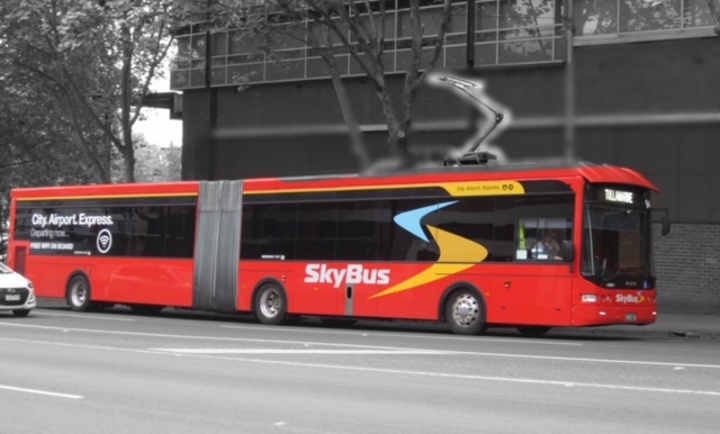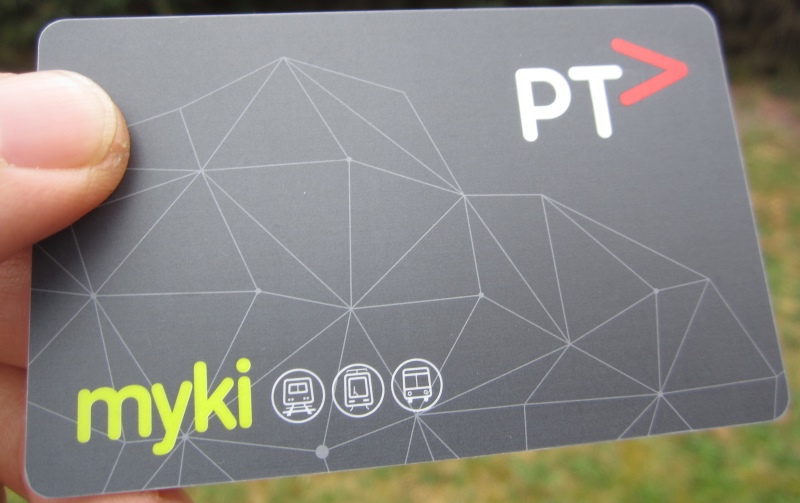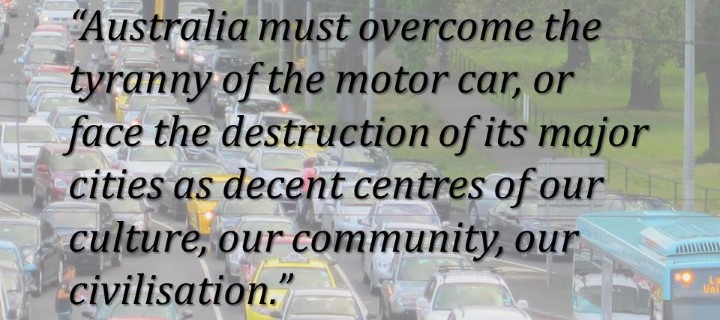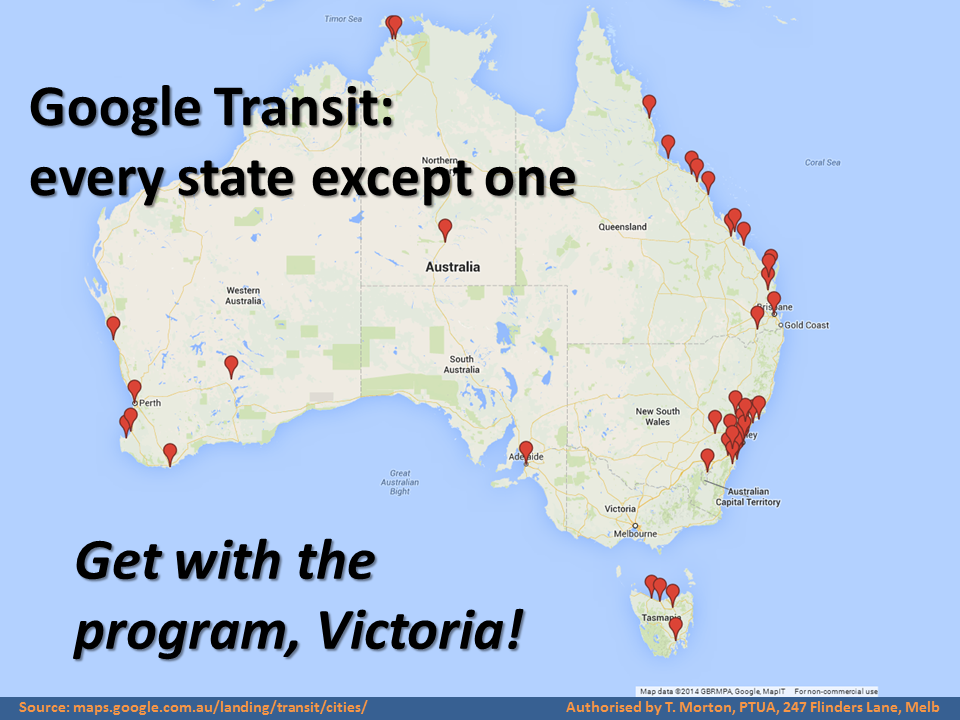Category: News
-
Planning confusion sells Melbourne’s west, air travellers short
Statement by the Public Transport Users Association The Public Transport Users Association is concerned at recent commentary on new rail developments in Melbourne’s west, specifically the promised rail link to Melbourne Airport, and the implied pressure to rush into major decisions in the absence of a comprehensive plan for public transport development. At a high…
-
PTUA opposed to expansion of the Free Tram Zone
PTUA does not support the Free Tram Zone, due to the problems it causes, including crowding, and the lack of benefits it provides to paying public transport users. We also do not support the Zone being extended. Data indicates the Free Tram Zone has increased tram usage at the expense of “active” modes (walking and…
-
Stories of Growth: car traffic driven by new roads
What’s worse than when population growth puts strain on our transport systems? When road traffic grows even faster than population. But that was the reality in Melbourne for nearly four decades. No matter how much or how little Melbourne grows, we’ll need to be smarter in future. Read the study: Stories of Growth – Population,…
-
What year did your railway station open?
What year did your local station open? Before you were born? Probably before your grandparents were born! Our population is growing, and our public transport network needs to keep growing too. Click here to view the map larger. The rail network grew rapidly between 1854 and 1930… but since then almost nothing. Expansion of rail,…
-
Inside Melbourne’s new trains
Last week we took a look at the mock-up of Melbourne’s new train design, to give feedback to the project team. The mock-up is one and a half carriages, designed to show stakeholder groups the layout, including the inter-carriage connections. The platform alongside the mock-up has different heights, to simulate actual conditions around Melbourne’s rail…
-
PTUA welcomes new Track-free Airport Trains to Tullamarine
PTUA president Dr Tony Morton today welcomed news of the Skybus Citylink Airport Maxi service – an innovative partnership between the state government, Skybus, Transurban and Melbourne Airport. “We have seen a massive increase in demand for transport to the airport, and something had to be done. This new service makes great sense, it’s immediate…
-
Are we actually paying more for transport?
Figures produced for the Australian Automobile Association give the impression that transport costs to households are rising. But overall they’re actually falling. Official statistics show that household expenditure on transport fell from 13% of household income in the 1990s to 11% in 2009-10: (Source: Australian Bureau of Statistics, Household Expenditure Survey 2009-10 Summary of Results)…
-
It’s time for Fairer fines – Please take our survey
On December 11th 2015, Public Transport Minister Jacinta Allan announced a review of public transport infringements including the 18 month-old $75 on the spot fines, handed out by the Authorised Officers that frequent our trains, trams and buses. After hearing stories of people feeling pressured to pay $75 to avoid receiving a full fine of…
-
PTV’s new rail map – comment on the draft!
PTV are asking for further comments on their draft rail map. Just to recap – it’s not a proposed network of new lines/extensions, it’s a new map design for the current network, so you won’t see all the lines we’d like to see built on this! (Click to view larger) They plan to release when…
-
Google Transit includes every state and territory except Victoria
From Gladstone to Kalgoorlie, from Darwin to Hobart, and many other towns and cities across Australia, if you want to take a trip by public transport, you can use Google’s world-class mapping tools to help plan it. In fact Google Transit now covers public transport timetables for every state and territory in the country… except…
